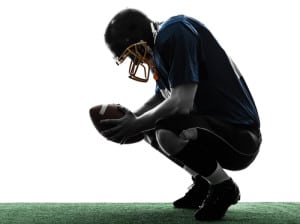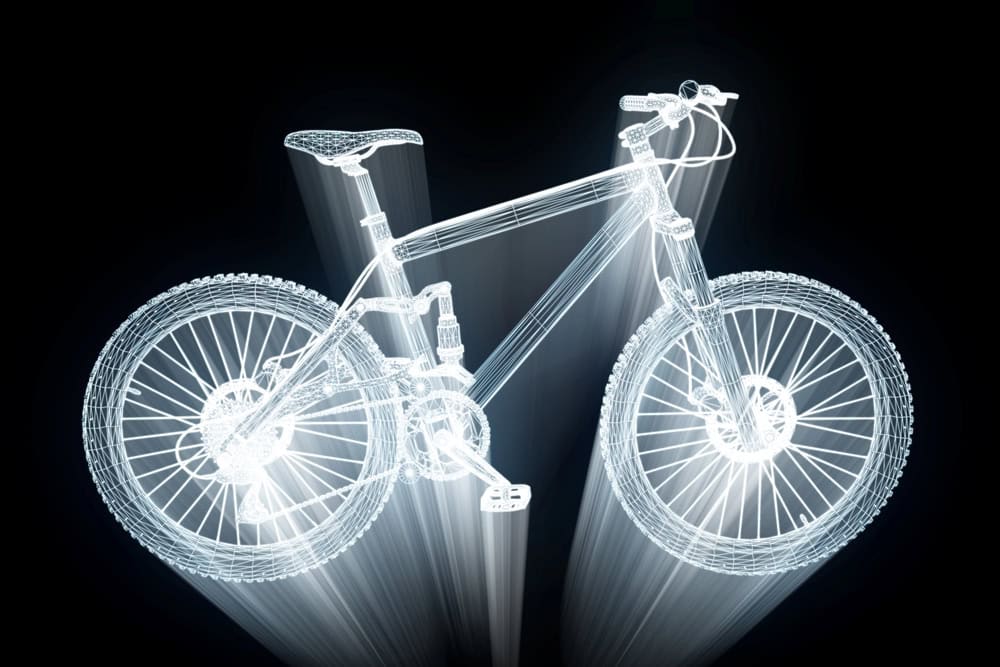
While pro sports are an early example of how real-time sensors can prevent injuries, lessons learned can be applied to employees performing a range of jobs
Football is a rough-and-tumble game, with aggressive tackling and blocking that results in frequent injuries. Hockey is also just as physical, but also adding long sticks to the interaction. With increasing evidence that many players – at ages as young as 10 or 12 years old – are suffering head concussions while playing, injuries that can result in lifelong impairments.
Could real-time sensors help decrease the amount of physical harm seen in football and other physically demanding sports? Researchers are exploring just that possibility.
Diagnosing injuries with real-time sensors
Daniel Eckert and William Grenis, analysts with PwC, report that research is ongoing within the sports industry to employ sensors to track player movements and understand when a player is in danger of injury. As they put it, “a team doctor could know that a player has a concussion before the player even hits the ground.”
[ Related: Real-Time Sensors Track Food as It Moves Through Supply Chain ]
Previously, doctors and team physicians only could react to player injuries, relying on patient feedback, X-rays, MRIs, and CT scans, Eckert and Grenis said. Now, football players’ helmets are being outfitted with the same helmet-based sensors that the U.S. Army uses to analyze head injuries as they happen on the battlefield.
“Six sensors placed in the padding of the helmet can wirelessly transmit a reading to a laptop, where data is collected and analyzed,” the PwC authors said. While the main purpose of these sensors is to understand head injuries so they can be reduced, sports teams have greater plans for the technology. The same sensors can be employed to “improve the health and performance of players by accounting for changes in overall fatigue, changes in heart rate, the favoring of one leg over another, or a drop in hydration levels — all factors that contribute to acute sports injuries.”
[ Related: Industrial Safety: How Gas Sensors Can Save Lives ]
The sensors are also interactive, capable of “proactively sending signals, unique to the individual wearing the sensors, to trainers, coaches, and doctors,” Eckert and Grenis said. They can also be employed to boost performance, generating data on players’ neural activity to measure specific skills.
Real-time sensors beyond sports
Professional sports are an early example of how real-time sensor technology is being employed to prevent injury and enhance training. The lessons learned while protecting players can be applied to employees performing a range of jobs within today’s organizations as well, employing sensors “to keep employees safe, to enhance their performance, and to improve employee satisfaction,” Eckert and Grenis write.
“There are nearly three million nonfatal workplace injuries every year. One way employers can reduce those injuries is to use sensors to monitor the musculoskeletal activities of workers and identify improper movements that can cause immediate injury or lead to the development of injuries through repetition over time.”
This real-time immersion can ultimately be extended to virtual reality training and monitoring of employee activities, they add.






























